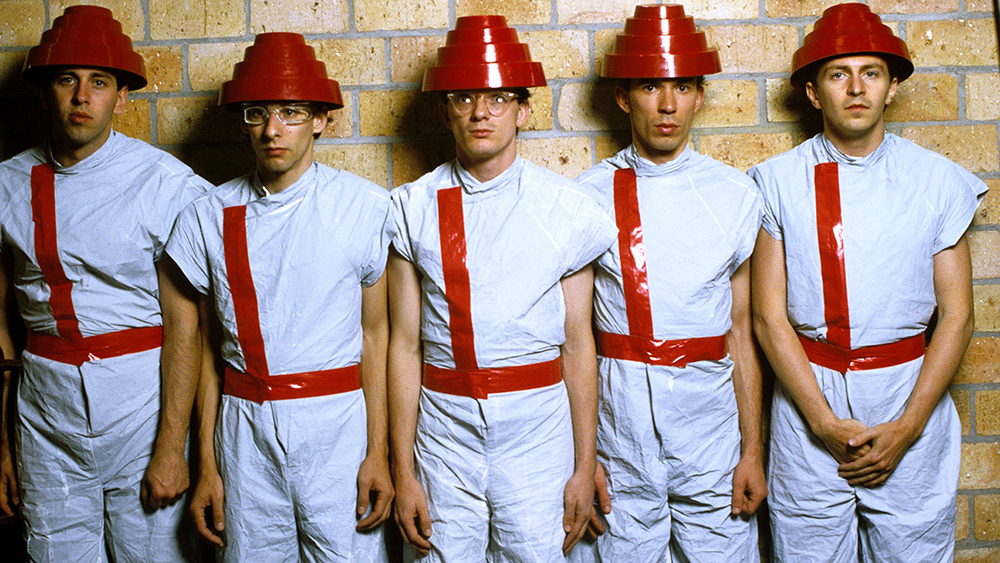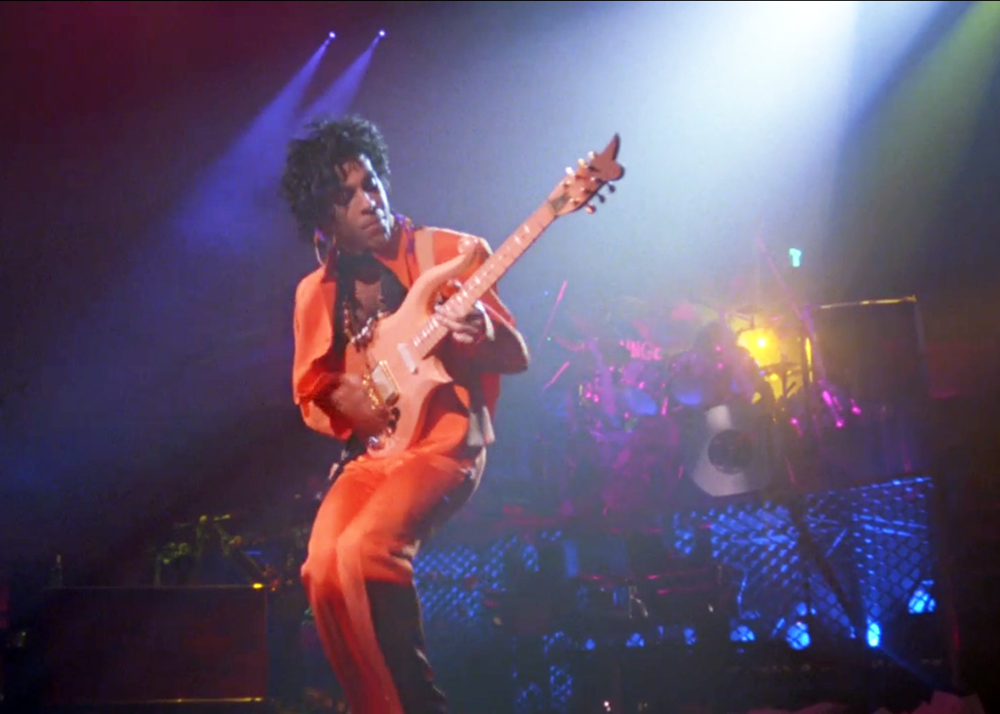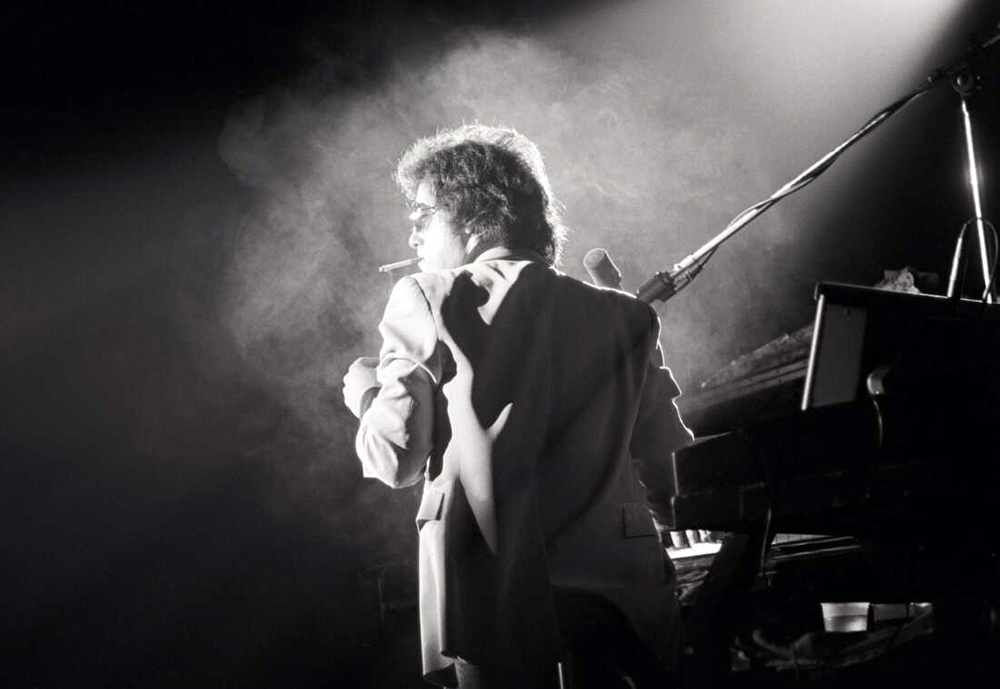We are living in a golden age of music documentaries. Thanks to the proliferation of streaming services, there is more opportunity than ever to get the inside skinny on the creation of your favorite songs. Whether that journey is worth it depends as much on the filmmaker as it does the subject.
Take for example the recent HBO documentary Billy Joel: And So It Goes. Joel was one of the biggest hitmakers of the ’70s and ’80s, and you probably know at least a couple of his songs (“Piano Man”, “We Didn’t Start the Fire”) whether you like it or not. Directors Susan Lacy and Jessica Levin go super deep into Joel’s decades-long career over the course of five hours, split up into two feature-length episodes. The results are almost too revealing. Like Jimmy Page and John Paul Jones in this year’s Becoming Led Zeppelin, this portrait of Joel strips away the record industry mythmaking and reveals him to be essentially a band geek. (I say this as someone who self-identifies as a band geek.)
Joel started playing piano in garage bands in the late ’60s, when he was a teenager in Long Island, New York. After one regional hit, he and his drummer split off to go solo with a pseudo heavy metal band called Attila. But while the band got signed to a major label during the post-Zeppelin hard rock gold rush of the early ’70s, they were never popular. When Joel professed his love for his bandmate’s girlfriend Elizabeth Weber, Attila died quietly. Joel wrote several of the songs on his debut solo album Cold Spring Harbor about Weber; when she heard them, she came back and married him. The biggest revelation from And So It Goes is that Weber was the brains of the operation. When she took over as his manager, his career skyrocketed; when she divorced him over his penchant for combining alcoholism and motorcycles, he mostly coasted through the rest of the ’80s. There’s plenty of great performance footage in the documentary, but also lots of padding. Joel’s depression, imposter syndrome, and self-sabotage are relatable, but did we really need to talk to all four of his ex-wives? (Supermodel ex Christie Brinkley is, surprisingly, the only one who still seems sad about the breakup.)

The bloat of And So It Goes is exposed by American Movie director Chris Smith’s ruthlessly efficient Devo. In the early ’70s, while Billy Joel was desperate to break into the music industry, Devo’s Mark Mothersbaugh, Bob Lewis, and Gerald Casale were doing their best to destroy it. As art students at Kent State University in 1970, they were swept up in the anti-war protests which erupted after Richard Nixon expanded the Vietnam War to Cambodia. Casale was in the crowd on May 4, 1970, when National Guardsmen opened fire on protesters, killing four Kent State students and wounding nine. He and Mothersbaugh cited the massacre as the moment they stopped believing that America was progressing towards a more sane and just society. Watching the media demonize their dead friends, they decided that humans were devolving under the onslaught of advertising and propaganda. In the beginning, Devo wasn’t primarily a band. They were a filmmaking and visual art collective who lived to terrorize Ohio with their Dada-inspired antics. This means that there was plenty of amazing footage in the Devo archives for director Smith to use, including a priceless sequence where the entire audience walks out on an early performance, while Casale shouts, “Come on! We’re not THAT bad!”
Their first big break was when their film The Truth About De-Evolution won the big prize at the 1976 Ann Arbor Film Festival, opening up new gigs and attracting the attention of David Bowie. Their third album Freedom of Choice spawned the smash hit “Whip It,” which propelled Devo to fame as the ultimate New Wave weirdos. When the music video revolution hit, other acts scrambled to catch up, but Devo already had an impressive video catalog which dominated MTV’s early days. The infamous “Whip It” video became a hit by feeding everything Devo was against back to the masses, who ate it up. Casale and Mothersbaugh say that they took every opportunity to appear on any TV talk show, no matter how embarrassing, in order to inject their message of resistance into mainstream culture. You might know the band as a one-hit wonder, but after watching Devo, you will understand that they were prophets.
Around the same time Devo were deconstructing popular culture, a young Minneapolis musician named Prince was making his first recordings. After conquering the world with Purple Rain (which, in true Devo fashion, included an album, a feature film, and music videos), he entered the most prolific period of his recording career. The 1987 album Sign o’ the Times is a sprawling double album consisting of fragments from three different half-finished projects, mostly recorded in his home’s basement studio.

Burned out from three straight years of touring the states, Prince decided to concentrate on Europe. He filmed concerts in the Netherlands and Belgium for a movie release. Later, he decided the footage was unusable and restaged the shows in Minneapolis’ Paisley Park. Sign o’ the Times sank at the box office on Thanksgiving weekend in 1987 (probably because people had been burned by the awful Under the Cherry Moon), but it earned a cult following on VHS. After being unavailable for decades, it finally got a proper Blu-ray release from the Criterion Collection in 2019. This weekend, it will return to theaters in IMAX. The film shows Prince at the top of his game musically, backed by one of the best bands he ever assembled, led by the legendary Sheila E. It begins with a stark take on the title track, backed by a masked drum line, before exploding into the classic rave up “Play in the Sunshine.” Prince freely blends the sacred and profane, like when he combines the heart-rending love song “Forever in My Life” with the ode to sexy times, “It.” Prince’s filmmaking instincts were always dodgy, as some of the between song interludes attest, but musically he was unbeatable. In December 1989, The Cure’s Robert Smith was asked by NME what the best part of the ’80s was. He unhesitatingly answered “Sign o’ the Times.”
Billy Joel: And So It Goes is streaming on HBO Max; Devo is streaming on Netflix; Sign o’ the Times premieres Friday, August 29th, at the Malco Paradiso IMAX Theater.
